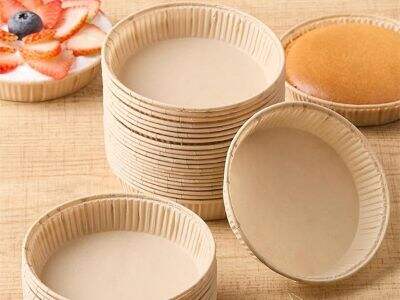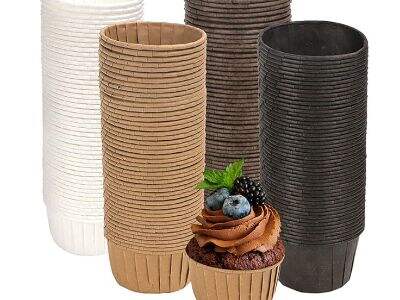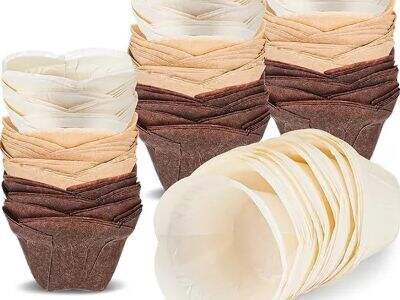The material you use in your muffin cups, however, can genuinely change the appearance of your muffins
While it may appear to be insignificant in the great schema of things, the material of your muffin cups can affect how your muffins eventually turn out
There are two main types of muffin cup paper on the market: uncoated and non-stick
Depending on your needs, each may be a good or bad candidate for you. As someone who appreciates the significance of the materials used to achieve the perfect creative outcome, for example in the design of muffin cups, my company Hochong Fashion can explain it in more detail
Uncoated paper is a blank sheet of paper with nothing else attached to it. It is a traditional choice for bakers. Non-stick paper, on the other hand, has a unique coating that prevents food from sticking to the paper

Cool, right? It means less paper will be wasted per bite of your delicious creation
Uncoated means stick. In other words, your muffins could stick, and it can be difficult to get them out of the paper. But, as noted above, it is generally cheaper and has a more traditional look and feel. Some individuals are certain that muffins taste better that way

Non-stick paper is preferable as it is so simple to work with
You don’t have to be bothered about your muffins breaking when you attempt to get them out of the paper. Therefore, bake your muffins without additional stress. What is more appealing: out of practical value or tradition? Uncoated is more appealing in terms of custom. Uncoated has a better flavor and texture. However, no stress appears to be simple, and you get the non-stick if you want to make your baking experience fast and easy
Table of Contents
- The material you use in your muffin cups, however, can genuinely change the appearance of your muffins
- There are two main types of muffin cup paper on the market: uncoated and non-stick
- Cool, right? It means less paper will be wasted per bite of your delicious creation
- Non-stick paper is preferable as it is so simple to work with




